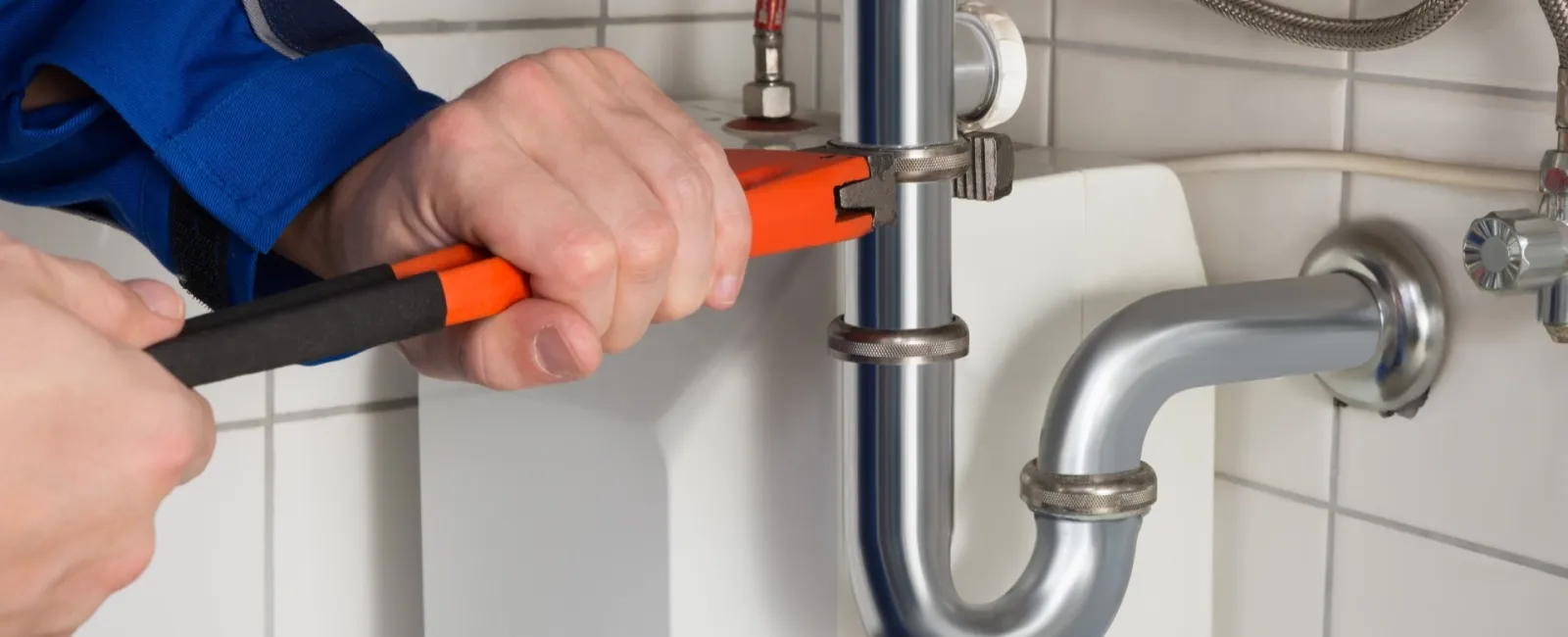The health of your local water supply — and the water in your home, as well — depends on the prevention of backflows. Drinking water should never come into contact with water meant for other purposes. When it does, the quality is at risk. Read on to learn what conditions cause a backflow and what you can do prevent contamination.
What is a backflow?
A region's residential and commercial plumbing systems and local water supply are designed with the goal of preventing contamination. The local water supply must maintain a higher pressure than the water supplies of individual buildings. This pressure difference also must exist between buildings to uphold the integrity of the water supply, as well as the rest of the plumbing system.
Backflow occurs when pressure becomes higher in an outlier, causing sewage and other contaminants to move in the wrong direction, toward the drinking supply. It can also happen when the pressure of general plumbing pipes becomes higher than the potable water pipes within a building.
What causes backflow?
Two primary causes make conditions ripe for a backflow:
- Back-siphonage occurs when negative pressure is created within the plumbing system's supply pipes. For instance, turning off the water supply at one end of the block to make repairs creates negative pressure. Meanwhile, in another home, a hose is submerged in water to fill a small wading pool. The pressure differences cause a backflow, and the nonpotable water from the pool is sucked back into the household's plumbing system, possibly contaminating the general water supply.
- Back-pressure occurs when the pressure in a home's plumbing system becomes greater than the pressure in the local supply. When this happens, the plumbing system succumbs to the pressure, causing nonpotable water to contaminate the water supply.
Prevention
If your home's sewers and drains never have been tested for backflows, hire a plumber to inspect the system. The plumber will most likely recommend either of the two most common methods for preventing contamination: installing an air gap (AG) to maintain the integrity between potable and other plumbing lines or employing a mechanical prevention device.
